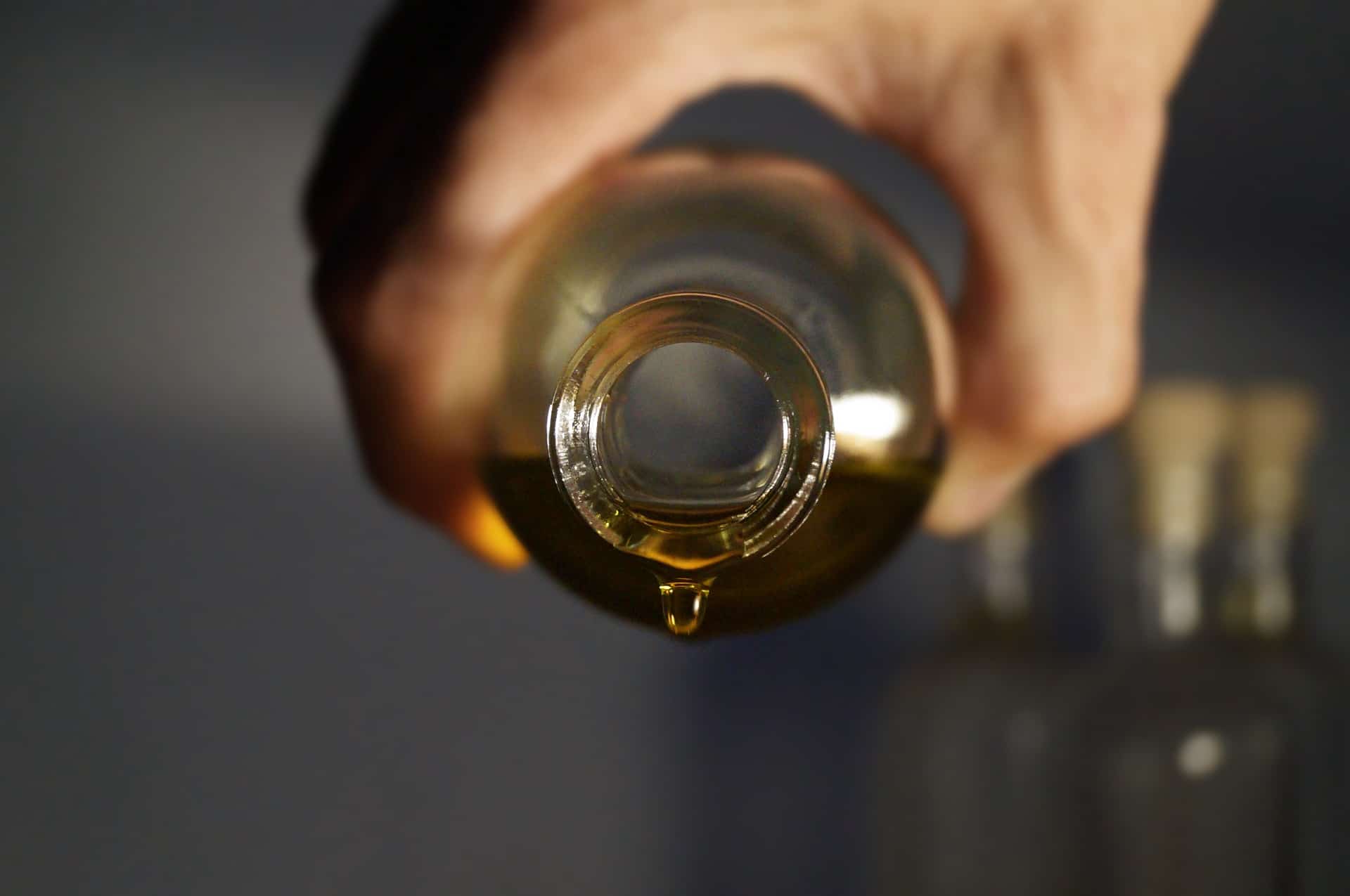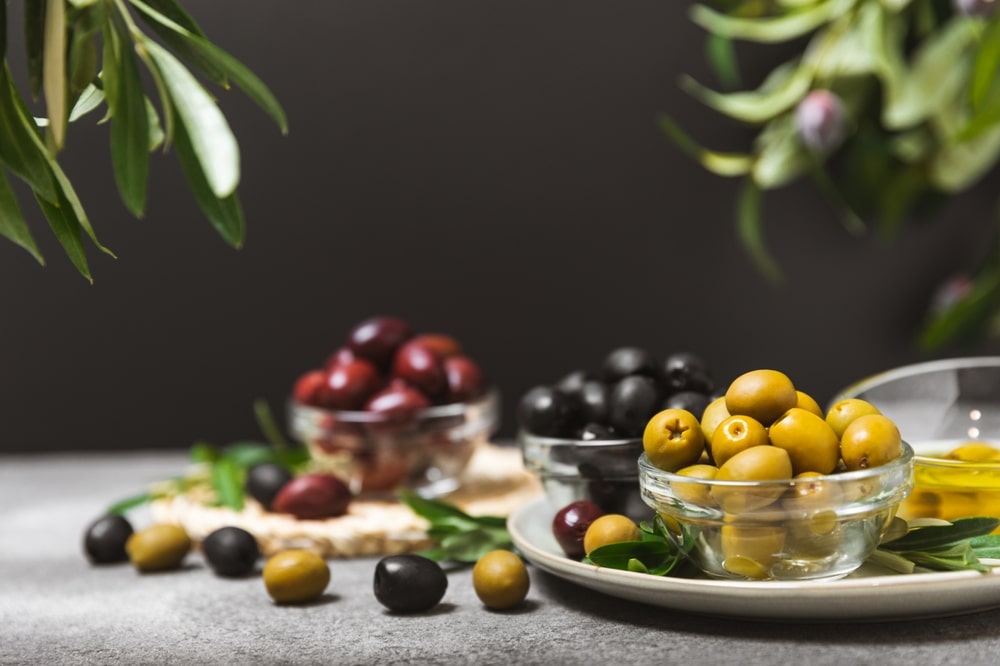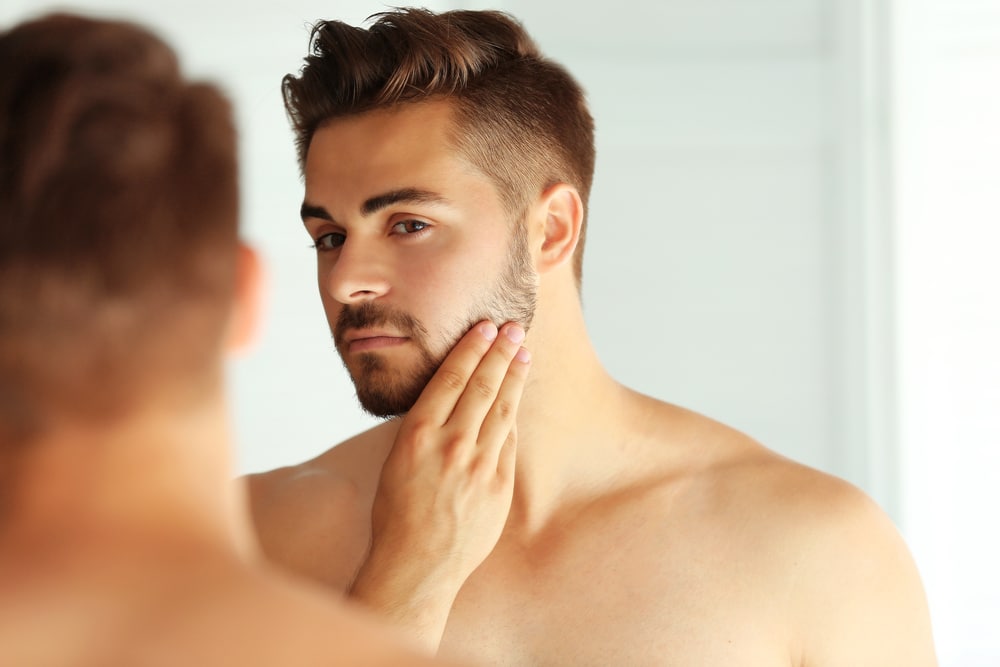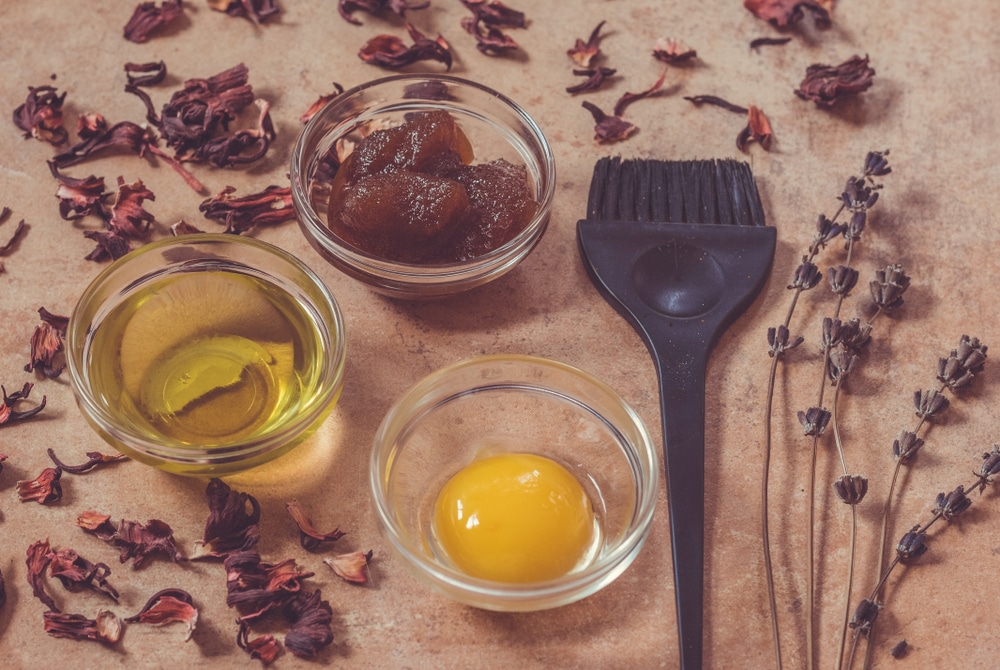What does olive oil do for your skin? Perhaps you have never given it much thought, and the fact is that there is a general lack of knowledge about the properties and uses of olive oil.
According to Joseph R. Profaci, Executive Director of the North American Olive Oil Association, most consumers in the U.S. have probably never seen an olive tree, not even on TV. The fact that olives do not form part of America’s culinary culture means that it is much more challenging to educate consumers about the benefits of olive oil.
However, there are also many olive oil benefits for skin that make it the perfect ally for our skin care and beauty routines.
In fact, this 100% natural ingredient is the key component of certain soaps and serums. Its moisturizing and regenerative properties help boost the skin’s elasticity, alleviate itching and irritation, cure rashes, and regenerates skin that has been burned (such as from the sun).
However, we must be careful and first analyze our skin and learn how to use this product so we can make the most of it.
Start taking care of your skin with Italica olive oil and everything it has to offer.
Step 1. Identify your skin type
This is the easiest step because it simply consists of looking at it closely. We can also turn to an expert. However, an initial inspection offers many clues for identifying and understanding our skin’s features.
Simply wash your face and do not apply any moisturizer or treatments. After approximately 30 minutes, check for the following:
- If after half an hour the nose, cheeks and chin are shiny, your skin is probably normal, combination or even oily.
- If the skin is tense, it is most likely dry.
Wait another 30 minutes and check your skin again. If smiling or any other expression tenses the skin, it is probably dry. However, if the shine has increased, then we can conclude that the skin is normal, combination or oily.
Spoiler alert!
Thanks to its many properties, olive oil is great for dry or sensitive skin because it nourishes and acts as a natural moisturizer or serum.
Step 2. Apply Olive Oil to the face
One of the biggest advantages of extra virgin olive oil is that a small amount (such as a single drop) is enough to moisturize a specific area. Therefore, a small bottle with a dropper can help us to avoid using too much.
The perfect time to apply it is after a shower, preferably at night before going to bed. This helps ensure an effective and deep hydration.
The result? Softer skin that is more flexible and radiant.
Step 3. Add it to your morning and evening skin care routine
Although extra virgin olive oil benefits for skin are usually linked to facial care, we can leverage its full potential on the rest of the body. Our skin is the body’s biggest organ and the one with the most exposure, so it deserves plenty of TLC. This is where our new ally comes into play.
Aside from its aesthetic properties or benefits for facial care, olive oil is also perfect for superficial wounds or scarring.
You can also try it on your arms and legs to see its incredible results, particularly on heels, elbows and knees, where cracking tends to occur.
Step 4. A few more tips to make you fall in love with olive oil for skin care
Some of the lesser known benefits of extra virgin olive oil for skin are:
- It rejuvenates the skin thanks to its high amount of natural fatty acids and vitamins E and K for soft, elastic skin. It also prevents wrinkles (apply a couple of drops to a cotton pad and pat onto the skin around the eyes).
- You can use olive oil to lighten dark spots, such as from scarring or from the sun. Use a cotton pad to gently apply it to the area in question.





